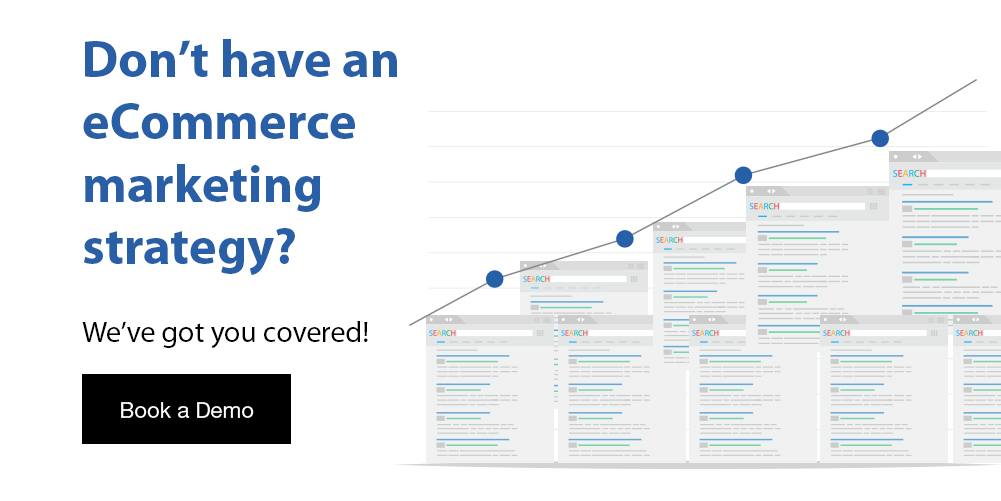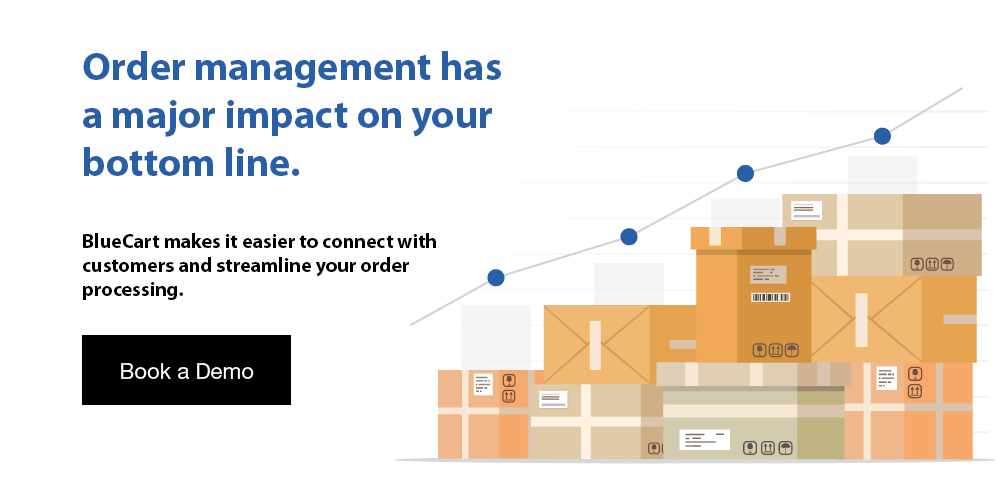In business, using terms such as procurement, purchasing, and sourcing happens often. What’s important is understanding the difference between them. This includes procurement vs purchasing and procurement vs sourcing.
Most times, these three terms are used interchangeably; however, their meanings are different. This is also common with things like purchase orders, invoices, and similar requisition documents.
By understanding each term individually, you - as a business owner - will be able to better understand the procurement process. This blog covers the difference between procurement vs purchasing and procurement vs sourcing as well as their roles in business.

Procurement vs Purchasing Definition
In the business world, the procurement definition refers to acquiring goods and services that are essential to business operations. This includes restaurant operations if you’re in the restaurant industry.
Procurement is a term that acts as an umbrella term for purchase orders, purchasing, and sourcing. This is why many people will confuse the terms or use them interchangeably.
The procurement process involves a number of steps. Each step presents risks and opportunities for the business to grow and operate efficiently.
Common steps in the procurement cycle include:
- Identifying your needs
- Requesting goods and services
- Reviewing and approving vendors and their offerings
- Sourcing
- Creating purchase orders
- Receiving goods and services
- Receiving invoices
- Paying invoices
Key Takeaway: Using the correct terminology when referring to purchasing, sourcing, and procurement is essential for business operations. However, it’s also important to understand each role and when it’s used in business.
Purchasing Definition
The purchasing process refers to a part of the procurement cycle that involves buying products or services from suppliers. It is the transactional part of procurement.
A different way to explain the difference between procurement vs purchasing is that procurement is the subject while purchasing is the verb. All tasks that are directly related to ordering goods and services are considered purchasing. Activities that involve strategic sourcing and contract negotiation with vendors are considered procurement.
Purchasing is transactional and is a short-term process. The purchasing process involves ordering, creating purchase orders, receiving orders, and arranging payment.
Different types of payments include B2B payments, recurring payments, eCheck, or online payment processing. This is done once the buyer receives the invoice. Be sure to understand the difference between purchase order vs invoice to better answer the question, “What is an invoice?”
When comparing procurement vs purchasing, it’s important to note that procurement is a long-term process. It involves sourcing vendors, negotiating contracts, closing contracts, and record keeping.
Procurement focuses on building strong and mutually beneficial relationships between buyers and suppliers. Unlike purchasing, procurement processes consider the value of the transaction as a whole, not just the price of the goods or services.

Procurement vs Sourcing Definition
When it comes to procurement vs sourcing, the two terms are also closely related which is what causes people to use them interchangeably. However, the two are quite different and refer to different parts of the procurement cycle.
Procurement is a broad process of acquiring goods and services. Businesses have different procurement processes based on their industry.
Sourcing involves finding the ideal supplier for the goods and services that a business needs. It’s also a subset of procurement and is a step in the procurement process that occurs before purchases are made.
Common sourcing functions include:
- Acquiring raw materials inventory
- Choosing to outsource or rely on in-house performance
- Selecting suppliers
- Negotiating contracts–this process involves requesting quotes, proposals, and bids from suppliers
- Product designs
- Manufacturing inventory collaborations
- Procurement processes
- Inventory control and inventory turnover
- Understanding the cost of goods sold (COGS)
- Financial impact evaluation
- Product quality evaluation
- Offshoring or re-shoring
The primary difference between procurement vs sourcing is that procurement focuses on purchasing, while sourcing focuses on the suppliers. A company’s sourcing team will likely analyze vendor lists and their performance while also looking into the risk associated with each vendor.
Sourcing teams are focused on understanding how to get the goods and services that the business needs at the best price. This includes paying attention to delivery times, quality of the products, location of the suppliers, and quantity of the items.
The procurement process is much larger. It starts with sourcing, continues to payment, and finishes with supplier relationship management.
The goal of the procurement process is to maximize value during the procure-to-pay process. It’s also important to maintain relationships with the best suppliers while also focusing on minimizing risk throughout the supply chain. This includes the food supply chain if you’re in the restaurant industry.
Strategic Sourcing
A common type of sourcing that businesses use is strategic sourcing. This refers to a process that involves developing supply channels that have great value, not just a low purchase price.
This process may sound simple; however, it is quite broad and requires skill. To understand the specifics of strategic sourcing, individuals may seek out certain certification programs or degree programs on the subject.
Strategic sourcing strategies and models will often minimize risks and costs while also increasing the purchase value. The process strategically considers the overall needs of the company instead of tactically focusing on individual sourcing requirements. This way, the organization has better value all around.
When it comes to company growth and development, strategic sourcing plays a big role. This is because it helps negotiate the best price and quality of the goods and services that the company is acquiring. This directly influences profit margin and net income.
Similar to sourcing, strategic sourcing is part of the procurement cycle. It uses high-level strategies around sourcing to help businesses optimize for higher quality products and services and better deals.
The benefits of strategic sourcing include:
- Better quality raw materials
- More negotiating power
- Increased supply chain sustainability
- Stronger supply chain risk management
- Long-term cost savings
- Better understanding of the market
Why Is Procurement Important in Business?
Procurement is important in business because it helps companies do the following:
- Minimize errors
- Reduce fraudulent spending
- Gain control and insight into spending
- Streamline procure-to-pay cycle
- Increase efficiency in business operations—this includes restaurant operations if in the restaurant industry
It’s important to distinguish between procurement vs purchasing to understand how each process helps out a business.
Why Is Purchasing Important in Business?
Purchasing is important in business because it’s a subset of procurement and the savings that purchasing produces can add up. As a result, the company can save money and increase its profit margin. If you’re in the restaurant industry, look into what is restaurant profit margin to get a better understanding of the process.
Three ways that purchasing helps businesses save money include:
- Increasing visibility with requisitions and purchase orders that identify, organize, and track each purchase request.
- Organizing, optimizing, and consolidating purchases.
- Increasing business efficiency through the use of tools such as mobile requisitions, buying catalogs, and automated approval routing.
When it comes to procurement vs purchasing, it’s important to understand that purchasing is a part of the procurement cycle.
Why Is Sourcing Important in Business?
Sourcing is important in business because it adds value to the procurement process. The main difference between procurement vs sourcing is that sourcing focuses on supplier relationships.
Building strong supplier relationships helps guarantee consistent product or service availability and quality. During the sourcing process, vendor contracts and purchase orders are created that include all terms. With these details, businesses eliminate the chance of potential misunderstandings.
Effectively sourcing your products and services will ensure cost-effective manufacturing, and quality, and it helps maintain inventory levels and overhead expenses. The sourcing process is a crucial part of supply chain management strategic landing. Doing it right will lower risk within your supply chain and improve efficiency overall.

Frequently Asked Questions About Procurement vs Sourcing vs Purchasing
When it comes to procurement vs purchasing and procurement vs sourcing, it’s common to hear these terms used interchangeably. Despite the many similarities between the three terms, they each have different meanings.
To better understand the difference between procurement vs purchasing and procurement vs sourcing, read the following commonly asked questions:
Is Purchasing Part of Procurement?
Yes, purchasing is part of procurement. The procurement process also includes identification, contract management, and supplier relationship management. With a proper procurement management plan, you can keep track of the entire procurement process for your business. Be sure to understand what is procurement and the entire cycle.
What Are the Main Roles in Procurement?
The main roles of procurement include:
- Buying products and services
- Procurement process management
- Supplier relationship management
- Policy management
- Understanding business objectives
- Sustainability and ethics
- Manufacturing inventory
- Merchandising
What Is a Procurement Checklist?
A procurement checklist refers to a tool that procurement managers use to ensure that all steps are met in the procurement process. This prevents delays and rejection when purchasing goods or services.
A procurement manager will also likely use a PO number and purchase order template when creating PO's to ensure that all of the necessary information is included. They will also stay on top of the purchase order tracking.